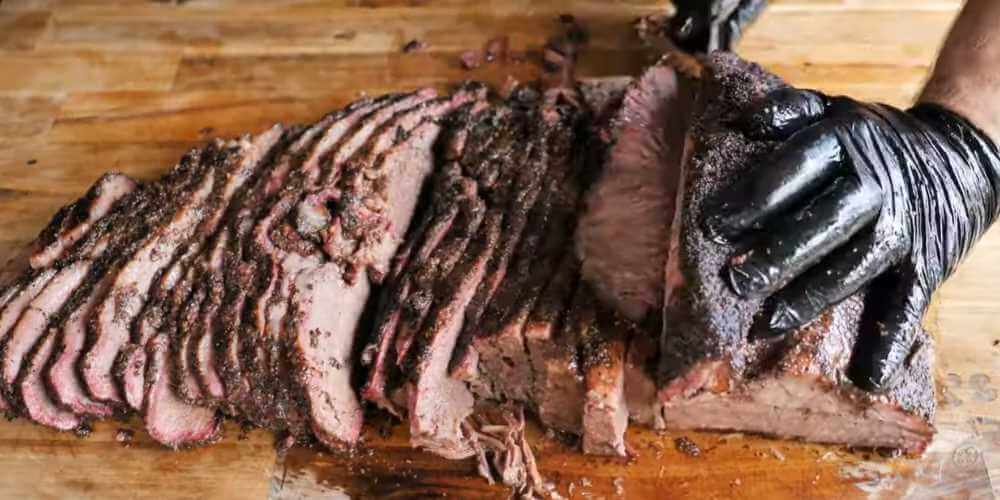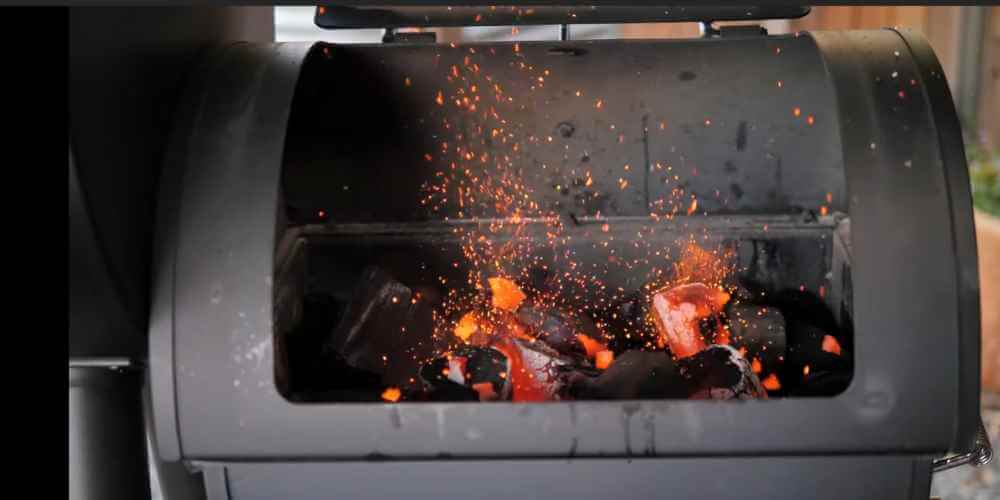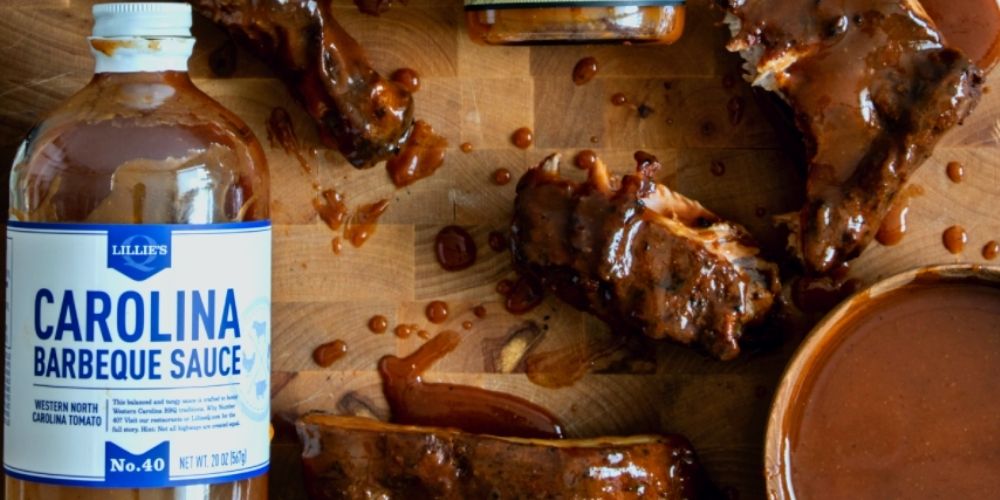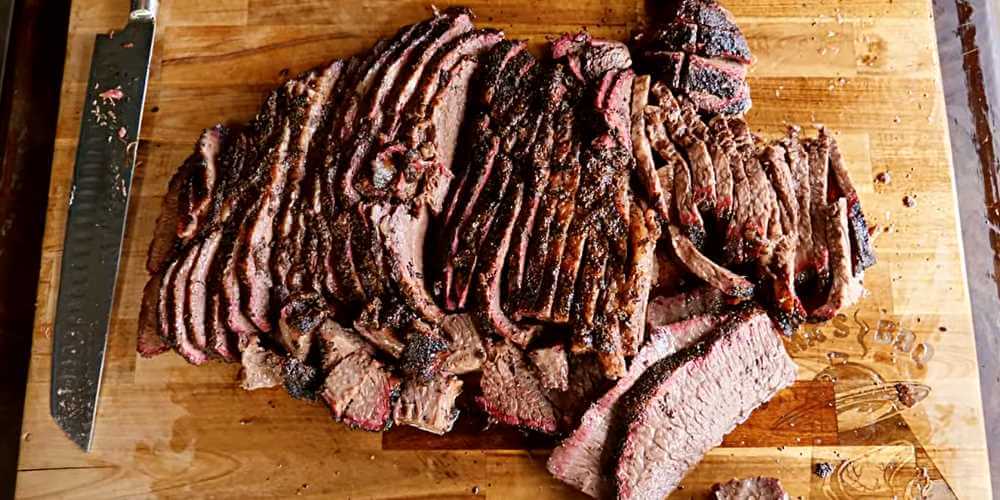American BBQ: A Complete Guide

American barbeque is one of the world’s most comfortable (and scrumptious) cuisines. The kind of dinner you would have on a cheat day or when you felt like a massive, belly-busting feast. BBQs are a popular eating tradition in the United States and are considered the best. Even though Americans place a little more emphasis on BBQs than we Australians do, we do enjoy lighting up the grill, especially in the summer. Most Americans genuinely view it as a way of life. Let us be your guide as we explore every aspect of American BBQ, from history to kinds to tricks and tips on making your American BBQ as authentic as possible.
What is American BBQ?
American-style BBQ originated in the United States. Tough beef slices are smoked till soft and then served with sauces that range from acidic and tangy to sweet and spicy. The national anthem is low and slow; however, regional differences in flavour notes exist. The key to authentic American barbeque is hot smoking, sometimes known as “low ‘n’ slow” cooking. This entails cooking beef over low indirect heat for four to twenty four hours in a room that is smoke-filled. The most well-known meals include beef brisket, pork ribs, pulled pork shoulder, and whole hog barbeque. Typically, barbeque calls for three ingredients: meat, wood smoke, and sauce. The use of a sauce or seasoning differs significantly between regional customs.
What is the history of American Barbeque?
Barbeque history dates back to the first contact between European explorers and native peoples in the New World. The colonial era, slavery, the settlement of the West, the arrival of immigrants, the Great Migration, the advent of the vehicle, and, more recently, the rediscovery of craft and tradition are all included in it. Using green wood to prevent the meal (and fuel) from burning, the first native tribes that Christopher Columbus encountered on the island he named Hispaniola invented a unique technique for cooking meat over an indirect flame. According to reports, the Spanish called this new cooking method barbacoa the first barbecue. The cooking method was carried north by the Spanish adventurers who went on voyages after Columbus.
Today, in certain places, BBQ has come to represent the cultural virtues of group enjoyment and fidelity. These ideas were historically significant in agricultural and frontier communities throughout the South and portions of the Midwest that had Southern influences. Therefore, Barbecue has become an important place in American culinary heritage due to its strong cultural connections. The southeastern part of the country is bounded on the west by Texas and Oklahoma, on the north by Missouri, Kentucky, and Virginia, on the south by the Gulf of Mexico and Central Florida, and on the east by the Atlantic Ocean, which is the primary location for barbeque.
What are the basic elements of American BBQ?
Although the definition of BBQ is a topic of fierce discussion, certain fundamental truths about it are generally accepted: Grilling is not the same as barbeque because smoke is needed to flavour and colour the food properly. Foods cooked on the barbeque are cooked at low temperatures for an extended period to achieve the best flavour and tenderness. The essential ingredients of barbeque are meat, heat, and time. Almost every culture has a practice of cooking meat over a fire, and the United States is no different. As straightforward as it may sound, several factors contribute to the distinctive regional barbeque styles, including the chosen protein, the kinds of wood or charcoal, the rubs and sauces, the procedures and timings. Additionally, there are regional barbeque specialities and variations on side dishes.
1. Rubs and Seasonings
The main ingredients in rubs are spices, salt, and sugar. Dry rubs are applied to the meat in a coating and left on for several hours or even days before the meat is cooked. They don’t contain any moisture. On the other hand, wet rubs have enough moisture to keep the components in a paste-like state. Whether you want to use a wet or a dry rub is a personal preference. Different families will also have a variety of recipes for rubs that truly make American BBQ unique and personal!
2. The Meat
In the Deep South, the nation’s original barbeque region, pork has long reigned. There are subregions like the coastal Carolinas, where whole hog barbeque is the traditional speciality, inside the broad crescent from Virginia to East Texas. BBQ lovers contend that the meat must only come from pigs since the southern colonies’ first barbeque-eaters relied on pig farming’s low-cost, low-maintenance characteristics. Pigs could be let wild in woods to forage when food sources were short, unlike cows, which needed a lot of grain and confined settings. As a result of being abandoned in the wild, the pigs were considerably thinner when killed, leading Southerners to employ the slow-and-low characteristic of barbeque to tenderise the flesh. However, according to the Western side of the US, beef takes the spot as the number one choice for American BBQ!
3. Heat and Smoke

The essence of barbeque is smoke and heat. It sets barbeque apart from other methods of cooking. Initially, the only fuel source for grilling and barbecuing was wood logs. The smoke from the wood and the fluids from the drippings provided the peculiar alluring aroma that is the essence of barbeque, while the energy from combustion cooked the meat.
Love and patience are required to smoke great barbeque. Smoking meat for two hours and finishing it on the grill while adding copious amounts of barbeque sauce and even a dab of “liquid smoke,” a product that imparts smokiness without the meat being exposed to smoke, you can get a barbecue-like flavour. If you don’t want to use liquid smoke and want to do traditional BBQ, it’s more important to choose a suitable wood if you’re using logs for both heat and flavour. It is not crucial when adding a few chunks and chips to a charcoal fire, a gas grill, or even a pellet smoker!
4. Mops
Mop sauce is used while cooking, as opposed to BBQ sauce. A mop, which is often referred to as a sop, is not only another barbeque sauce. In order to counteract the drying effect of an open fire, this liquid fluid is dripped over the meat. Imagine applying a sauce using a brush similar to a paintbrush. It is called a mop because it is one!
5. Sauces
Barbeque sauces may substantially improve the flavour of meals. The flavour of the barbeque sauce can sometimes be overpowering. Some are a little more subdued than others. Being able to taste the flavour that barbeque sauces may provide to foods depends on knowing when to use them. The ingredients range from tomato-based sauces from Kansas and Texas to vinegar and spice mixes popular in the Carolinas. In addition, mayonnaise- and mustard-based sauces, sometimes referred to as “white barbeque sauce,” are used.
Does American BBQ have different styles?
It’s interesting to see how regional variations on what’s referred to as “barbeque” exist across the United States. To better assist you in understanding what makes each unique and different, we’ve broken down the top 5 local BBQ destinations.
- North Carolina – In North Carolina, pulled or chopped barbecued pork is eaten on a sandwich or as a component of a barbeque plate. The pig is diced and then covered in a vinegar-pepper sauce in the Eastern whole hog barbeque style. In the West, the pork shoulder is typically served as a sandwich on a bun with a ketchup-based barbeque sauce, either chopped or pulled.
- South Carolina – There have been many claims that South Carolina has four distinct barbeque sauces. Still, there are only two: the fiery, traditional vinegar/pepper sauce of the Pee Dee and the tangy, sweet yellow mustard-based sauce of the Midlands.
- Memphis – Many Southern communities have their distinct barbeque style, but Memphis is one of the few that can claim its own. Since John Mills stunned visiting celebrities like Bing Crosby with his pit-cooked slabs in the 1920s, it has been known for its ribs. You will likely encounter pulled pork and pork ribs, two of the most well-known iterations of Memphis-style barbeque. The rub is another component that distinguishes this regional cuisine, in addition to the predominance of pork. The meat is traditionally rubbed with a dry rub containing up to 40 spices!
- Texas – Texas barbeque is synonymous with slow-smoked beef brisket over an offset smoker that is so tender it melts in your mouth. Beef has traditionally been a mainstay on barbeque restaurant menus in Texas since it is widely accessible and reasonably priced. The meat-smoking methods of 19th-century immigrants from Germany and Czechoslovakia who lived in the state’s central region were among the inspirations for Texas barbeque.
- Kansas City – Although Kansas City is known for barbeque, it doesn’t concentrate on one protein like other barbeque locations. It combines customs from the Carolinas, Memphis, and Texas, and depending on where you eat it, the barbeque may or may not be sauced. Another speciality of Kansas City is its rich, sugary barbeque sauce with a tomato basis. Although Arthur Bryant invented the sauce in the 1920s, restaurants all across the city produce their variations. Their burnt ends are another item that is highly praised in Kansas City. The softest, melt-in-your-mouth bits of meat candy is created by braising slow-smoked brisket tip in a sweet and tangy BBQ sauce.
Tips and Tricks to Make the Best American BBQ Ever
There’s nothing better than a sit-down meal of beer-can chicken, smoky St. Louis pig ribs, and melt-in-your-mouth brisket. But what are the secrets to making an authentic American BBQ perfectly? Whether it is a simple snag or a full-blown Aussie meal, the modest barbeque is a winner on all fronts. Nobody likes burned sausages or too charcoaled steak, so it might be a little harder than it seems for many of us to polish our BBQ talents. Here are a few life-changing tips that you can use to achieve the perfect BBQ!

- Marinate and Season Your Meat Beforehand
- Prepare and Pre-heat the Grill
- Pick the right wood and charcoal
- Timing is Key
- Adjust the Temperature at different stages of cooking
- BBQ Tools do matter!
- Patience is a virtue
- Don't miss out on the side dishes!
- Share it with your loved ones

